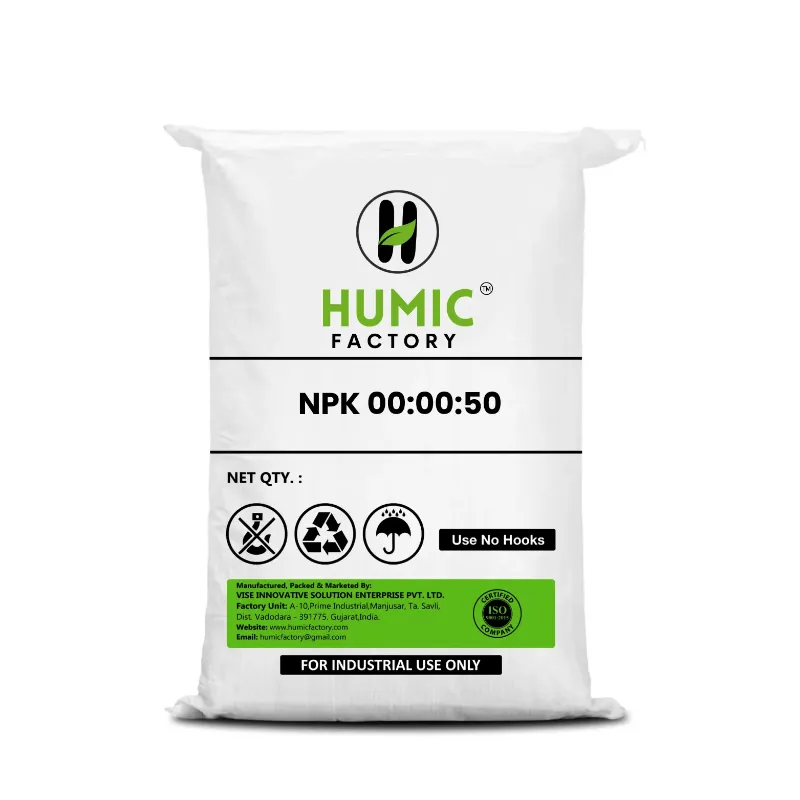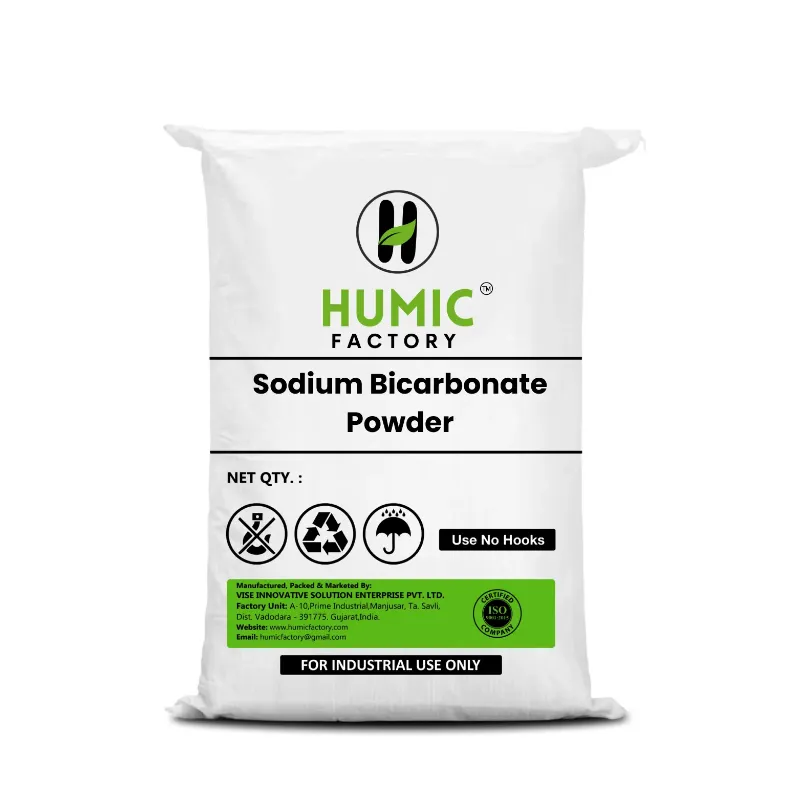Introduction
- NPK fertilizers, which contain essential nutrients nitrogen (N), phosphorus (P), and potassium (K), are crucial for plant growth.
- Determining the frequency of NPK fertilizer application is vital for maximizing plant health and yield.
- Let’s delve into the factors influencing the application frequency of NPK fertilizers to ensure optimal plant nutrition and growth.
Understanding NPK Fertilizers
- NPK fertilizers provide plants with the primary nutrients they need for growth and development.
- Varieties include NPK 00 00 50, NPK 20 20 20 fertilizer, and NPK 00 52 34, each with different nutrient compositions tailored to specific plant needs.
- Nitrogen (N) promotes leafy green growth, phosphorus (P) supports root development and flowering, while potassium (K) aids in overall plant health and stress resistance.
Factors Influencing Application Frequency
- Plant Type: Different plants have varying nutrient requirements. Leafy greens may require more nitrogen, while flowering plants benefit from higher phosphorus levels.
- Soil Type: Soil composition affects nutrient availability. Sandy soils may require more frequent applications compared to clay soils.
- Weather Conditions: Rainfall and temperature fluctuations impact nutrient leaching and plant uptake, influencing the need for more or less frequent fertilization.
- Crop Growth Stage: Plants have different nutrient demands at various growth stages. Young plants may require more frequent fertilization to establish strong roots, while mature plants may need less.
Optimizing NPK Fertilizer Application
- Soil Testing: Conduct soil tests to determine nutrient levels and pH, guiding fertilizer application rates and frequency.
- Follow Plant Needs: Observe plant growth and health to adjust fertilizer application frequency accordingly. Signs of nutrient deficiency or excess can indicate the need for adjustments.
- Slow-Release Formulations: Consider using slow-release NPK fertilizers for longer-lasting nutrient availability, reducing the frequency of applications.
- Seasonal Adjustments: Modify fertilizer application frequency based on seasonal growth patterns and weather conditions.
Application Frequency Guidelines
- NPK 00 00 50: Due to its high potassium content, apply sparingly, focusing on specific growth stages or during periods of stress.
- NPK 20 20 20 Fertilizer: Apply every 4-6 weeks during the growing season for balanced nutrient uptake and sustained plant growth.
- NPK 00 52 34: Apply at key growth stages, such as transplanting, flowering, and fruiting, to support root development and reproductive growth.
Monitoring and Adjustments
- Regularly monitor plant growth, health, and nutrient levels to gauge the effectiveness of fertilizer applications.
- Adjust application frequency based on plant response, weather conditions, and soil test results to maintain optimal nutrient levels and plant health.
Conclusion
Determining how often to apply NPK fertilizer involves understanding plant needs, soil conditions, and environmental factors. By following guidelines, monitoring plant health, and adjusting as needed, you can optimize NPK fertilizer applications to promote healthy, thriving plants and maximize yields.





